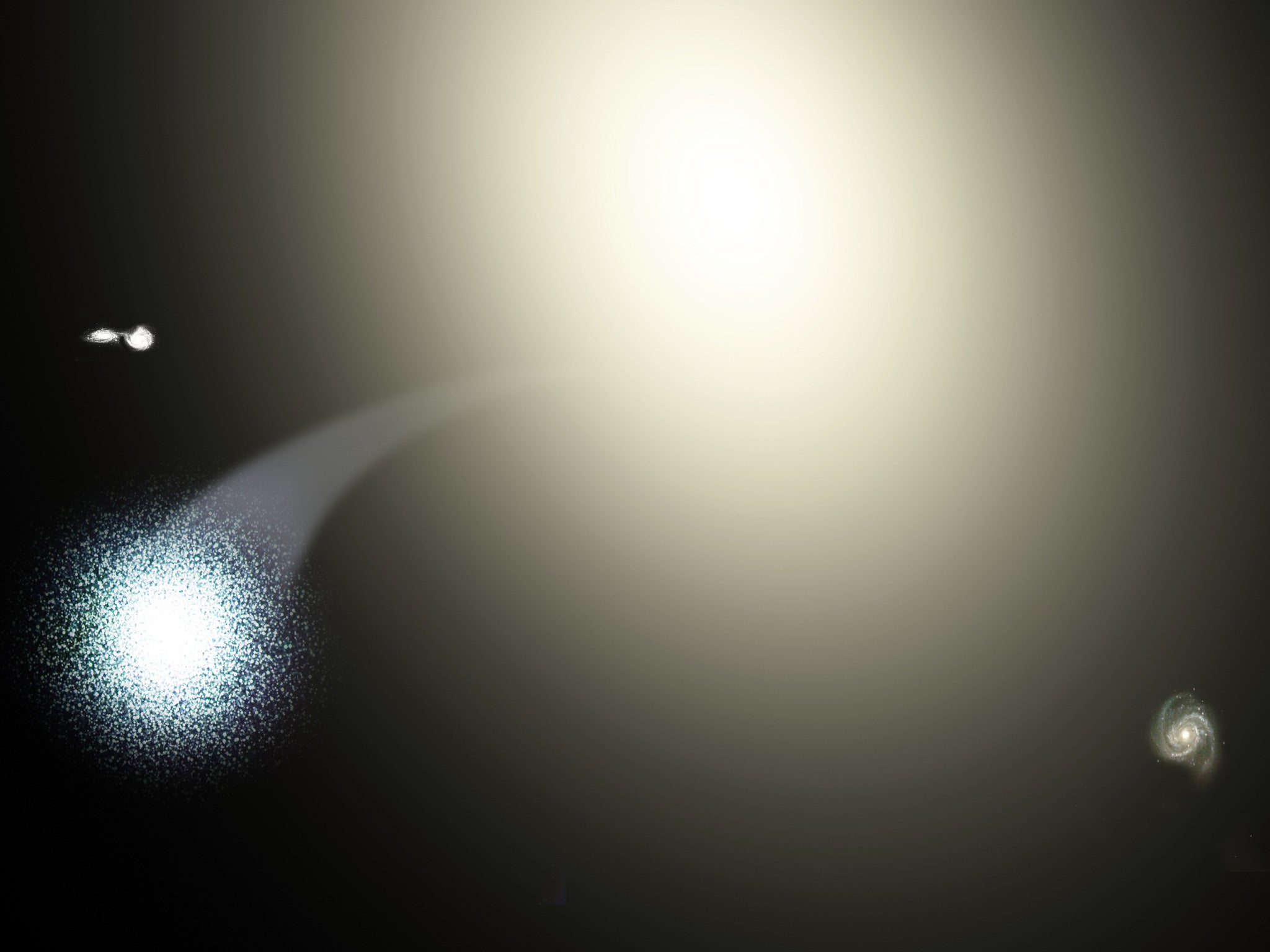Star cluster hurtling towards Earth
Black holes in galaxy spew out breakneck star cluster

A galaxy has thrown out a star cluster towards Earth at more than two million miles per hour. But it is, thankfully, likely to miss our planet and “drift through the void between the galaxies for all time,” says the Harvard-Smithsonian Center for Astrophysics.
Astronomers aren’t sure why the star cluster — named HVGC-1 — got thrown out at such high speed. One possibility is that the galaxy had two supermassive black holes at its core, experts said, which the stars came too close to. The black holes then threw out the star cluster like a slingshot.

Those black holes were formed by a long-ago collision of two galaxies. That merged into one single galaxy — a fate that awaits the Milky Way when it collides with Andromeda.
The cluster was found by astronomers studying the galaxy, who initially thought that its speed was the result of a glitch. They have been watching the M87 galaxy and the space around it for years. A computer analyses the activity of clusters in the area and alerts astronomers to unusual data, and researchers were surprised to find that their latest find was not a mistake.
"Astronomers have found runaway stars before, but this is the first time we've found a runaway star cluster," said Nelson Caldwell at the Harvard-Smithsonian Center for Astrophysics.
The stars are in a globular cluster, a round collection of thousands of stars that are bound by gravity. The clusters are relics of the early universe.
The cluster's name, HVGC-1, stands for hypervelocity globular cluster, marking it out as the first such cluster to be found. About one in a billion stars fly through the universe at such speeds — so the huge size of the cluster multiplies the number of the stars that have been found by hundreds of thousands.
The high speed of the cluster means that it will be able to escape the galaxy and sail out into intergalactic space.
Join our commenting forum
Join thought-provoking conversations, follow other Independent readers and see their replies
Comments
Bookmark popover
Removed from bookmarks